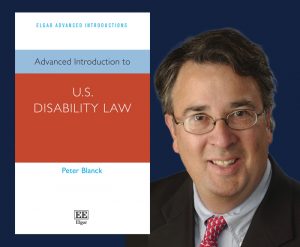Please note: Open Captioning is provided for the videos in this series in order to facilitate communication accessibility; therefore, transcripts may not be a totally verbatim record.
torrin a greathouse: There is a great and long canon–and I often think about the way that it’s a canon that doesn’t love people like us back.
Disability Poetics, A Reading / Interview Series
Travis Chi Wing Lau: I was really thinking about Susan Sontag’s “Illness as Metaphor” where she essentially says that the healthiest way of being ill is one that is completely purged of metaphor. And of course, literally within the first page, she uses metaphor.
Cyrée Jarelle Jackson: There’s a thin line between talking about your body and trying to convince someone that you’re human.
John Lee Clark: The community that I come from doesn’t have a robust canon.
Lamar Wilson: Because in order to “integrate” into spaces that we were not welcome in, we had to sort of sublimate the things that made us not as “acceptable” to the mainstream.
Meg Day: Perhaps the erasure, as a form, is an inherited form of Deaf and disabled folks, and perhaps oppressed folks everywhere.
Stephen Kuusisto: This is the detritus of everyday life that Wallace Stevens was always saying we had to kick to the curb in poetry.
Sheila Black: My concept of Disability Poetics is that it’s essentially a poetics of liberation
Naomi Ortiz: That nuance, the claiming of vulnerability as just part of life, is a really key part of that.
Kay Ulanday Barrett: Disability Justice and Disability Poetics give us a plane where we can question what, actually, poetry is,
Meg Day: What it is as poets we are after, what are we pursuing?
John Lee Clark: And that is really challenging, it was tough to find sort of my own way.
Travis Chi Wing Lau: Part of what I was trying to do in this project was sort of push back against this notion that pain absolutely destroys our capacity to speak about it.
Meg Day: And we find ways to move around it, but I wish instead that we would just reject the premise of the question.
Cyrée Jarelle Jackson: That line is hard to navigate.
Stephen Kuusisto: That’s the metaphor, right?
torrin a. greathouse: It’s a way in which form very much represents the reality of our lives.
Disability Poetics, A Reading / Interview Series curated by Kenny Fries
